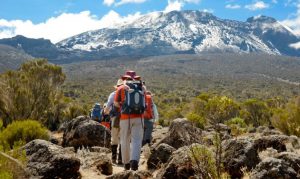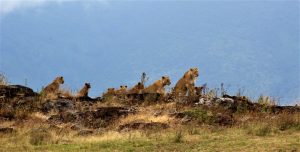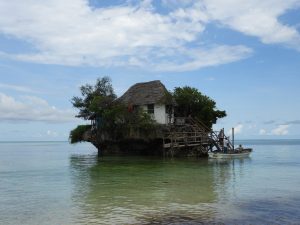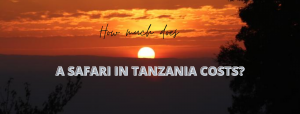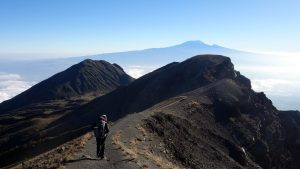Climbing Kilimanjaro: The Summit That Transforms You
Standing tall at 5,895 meters above sea level, Mount Kilimanjaro is more than just Africa’s highest peak. It’s a journey that challenges both body and spirit, offering moments of reflection, struggle, and quiet triumph. Every step toward its summit is a lesson in patience, perseverance, and perspective.
Why Kilimanjaro Draws So Many
Unlike many of the world’s tallest mountains, Kilimanjaro requires no technical climbing skills. That said, it is no simple hike. Altitude, weather, and physical endurance come together to test even the most prepared trekkers. Its appeal lies in its accessibility, the diversity of routes, and the chance to pass through five distinct ecological zones — from lush rainforest to alpine desert and finally, icy summit.
Choosing Your Route
There are several paths to the top, each with its own character:
-
Marangu Route: Known as the “Coca-Cola route,” it’s the only one with hut accommodations. It’s relatively direct but offers less time for acclimatization.
-
Machame Route: Popular for its scenic beauty, this trail winds through varied landscapes and offers good acclimatization.
-
Lemosho Route: A quieter, more remote option that increases chances of success due to its longer approach.
-
Rongai Route: Approaches from the north and is typically drier, with unique perspectives.
-
Northern Circuit: The longest and most gradual route — ideal for those looking to savor the solitude and increase their summit success rate.
Physical and Mental Preparation
While you won’t need ropes or crampons, physical fitness matters. Cardiovascular training, strength work, and practice hikes with a loaded backpack are useful. More importantly, mental resilience plays a huge part. The mountain teaches humility — not every day goes as planned. Listening to your body, staying hydrated, and adapting to the conditions are key.
Life on the Mountain
Days begin early, often before sunrise. Hikes are steady and purposeful, with breaks to eat, drink, and adjust. Guides and porters — often the true heroes of the mountain — carry much of the equipment and offer vital support. Their knowledge of the mountain and experience with high altitude trekking ensures not just safety, but a richer understanding of the place you’re walking through.
Evenings are quiet and contemplative. With no digital distractions, you’re left with silence, conversation, and stars scattered across an endless night sky. Meals are hearty and comforting — soups, vegetables, rice, and sometimes even popcorn. Sleep comes early and deep, despite the thin air.
The Summit Push
The final ascent typically begins around midnight. It’s slow going in the dark, with only the crunch of boots on volcanic gravel and the occasional encouragement from a guide. The wind cuts deep, temperatures drop well below freezing, and the altitude may blur your focus. But as the sky shifts from black to shades of orange and gold, the summit draws near.
Uhuru Peak greets you with a wooden sign and a panorama unlike any other. The glaciers glisten. Clouds roll far below. And in that moment, the struggle dissolves into a quiet sense of clarity. You’ve arrived.
After the Climb
Descending is often quicker but harder on the knees. Once you’re back in the forest or at the gate, a certificate awaits — but the true reward is internal. You return changed. With new appreciation for nature, for your own strength, and for the quiet moments between the highs and lows.
Things to Consider
-
Acclimatization: Choose routes with more days to adjust. Altitude sickness is real and unpredictable.
-
Gear: Quality boots, layered clothing, and a reliable sleeping bag are essentials.
-
Guides & Operators: Local knowledge matters. Choose companies that treat their porters well and prioritize safety.
-
Timing: January to March and June to October offer clearer skies, though the shoulder seasons can offer quieter trails.
More Than a Bucket List
Kilimanjaro isn’t just another tick on a travel list. It’s a path into nature, into yourself, and into stories that stay with you long after the climb is over. Whether you reach the summit or not, the mountain gives you something rare — a different pace, a deeper breath, and a sense that you’ve walked somewhere truly significant.

